When setting up a home gym or upgrading your fitness equipment, one crucial detail often overlooked is the barbell size—specifically, the Olympic barbell. Whether you're powerlifting, CrossFitting, or training for Olympic weightlifting, knowing the right specs can help ensure compatibility with your weights and racks, and ultimately improve your performance and safety.
What Is an Olympic Barbell?
An Olympic barbell is a standardized bar used in weightlifting competitions and serious training settings. Unlike standard barbells, Olympic bars are designed for heavy lifting, with precision engineering that affects spin, whip, and load capacity.
Olympic Weightlifting Bar Dimensions
The olympic weightlifting bar dimensions vary slightly depending on the discipline (men’s vs women’s lifting) but generally follow these standards:
Men’s Olympic Barbell:
-
Length: 2.2 meters (86.6 inches)
-
Diameter: 28 mm
-
Weight: 20 kg (44 lbs)
-
Sleeve Diameter: 50 mm (2 inches)
-
Knurling: Center knurl and dual knurl marks (IPF and IWF)
Women’s Olympic Barbell:
-
Length: 2.01 meters (79.1 inches)
-
Diameter: 25 mm
-
Weight: 15 kg (33 lbs)
-
Sleeve Diameter: 50 mm (2 inches)
-
Knurling: No center knurl, with IWF marks
These weight lifting bar dimensions are not just arbitrary—they’re fine-tuned to meet the requirements of professional competition and maximize biomechanical efficiency for each gender.
Key Features That Matter
-
Sleeve Diameter (50mm): Ensures compatibility with Olympic weight plates.
-
Bar Diameter (25–28mm): Affects grip and whip. Thinner bars offer more flex (whip), favored in Olympic lifts.
-
Knurling Patterns: Provide grip and guidance, differing for powerlifting vs weightlifting.
-
Tensile Strength: Ranges from 150,000 to over 200,000 PSI for durability under load.
Choosing the Right Olympic Bar for Your Needs
If you're mainly training for the Olympic lifts (clean & jerk, snatch), go for a bar with more whip and smooth rotation. For general strength or powerlifting, choose a bar with more rigidity and aggressive knurling.
Also consider your space—while 7ft bars are standard, shorter Olympic-style bars exist (like 6ft or 5ft options) for compact gyms. Still, make sure the sleeve diameter matches the Olympic standard (50mm) so your plates will fit.
Final Thoughts
Understanding Olympic weightlifting bar dimensions and weight lifting bar dimensions ensures you get a bar that matches your goals, plates, and gym setup. Whether you’re building a serious home gym or upgrading your current bar, investing in the right Olympic barbell will pay off in performance, safety, and durability.




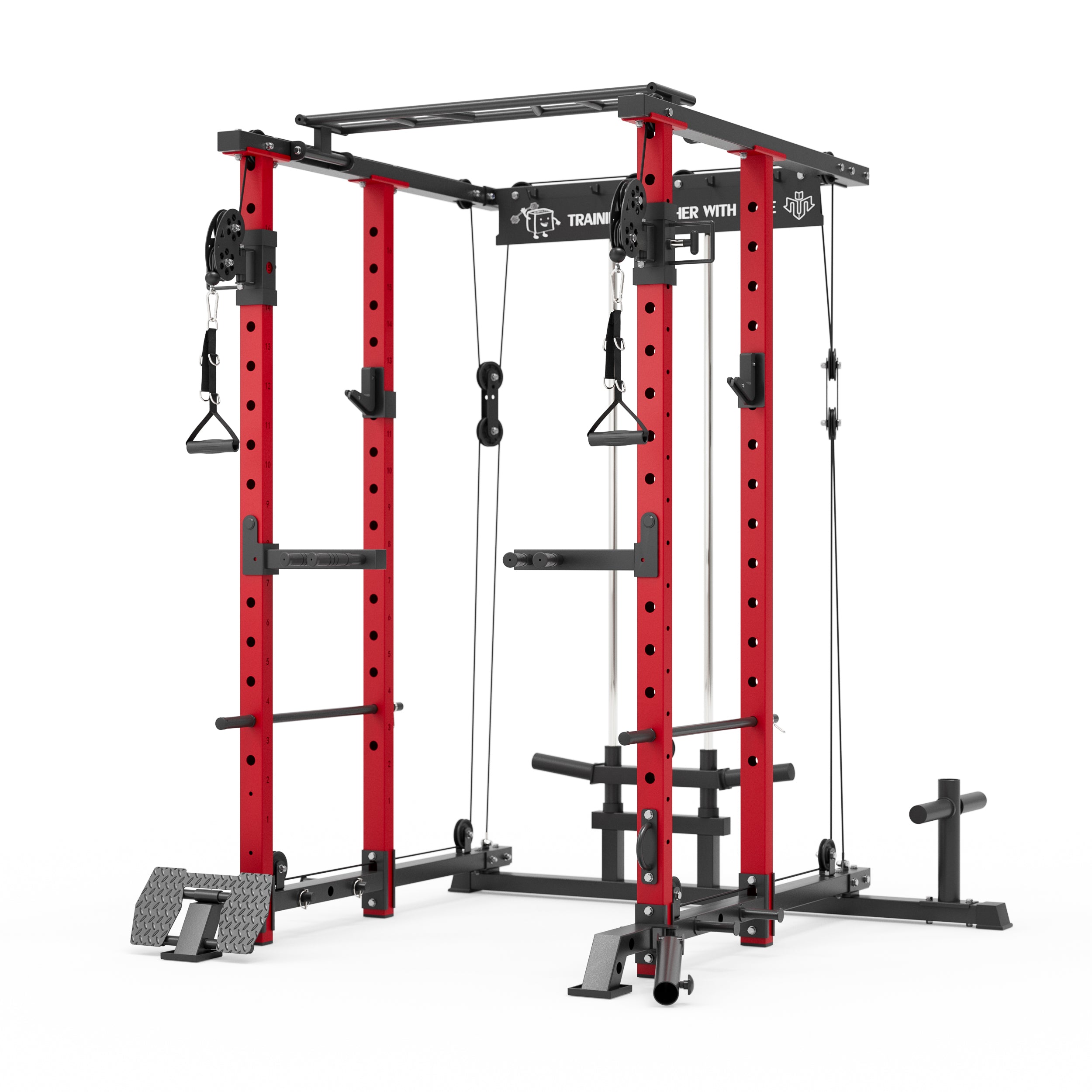


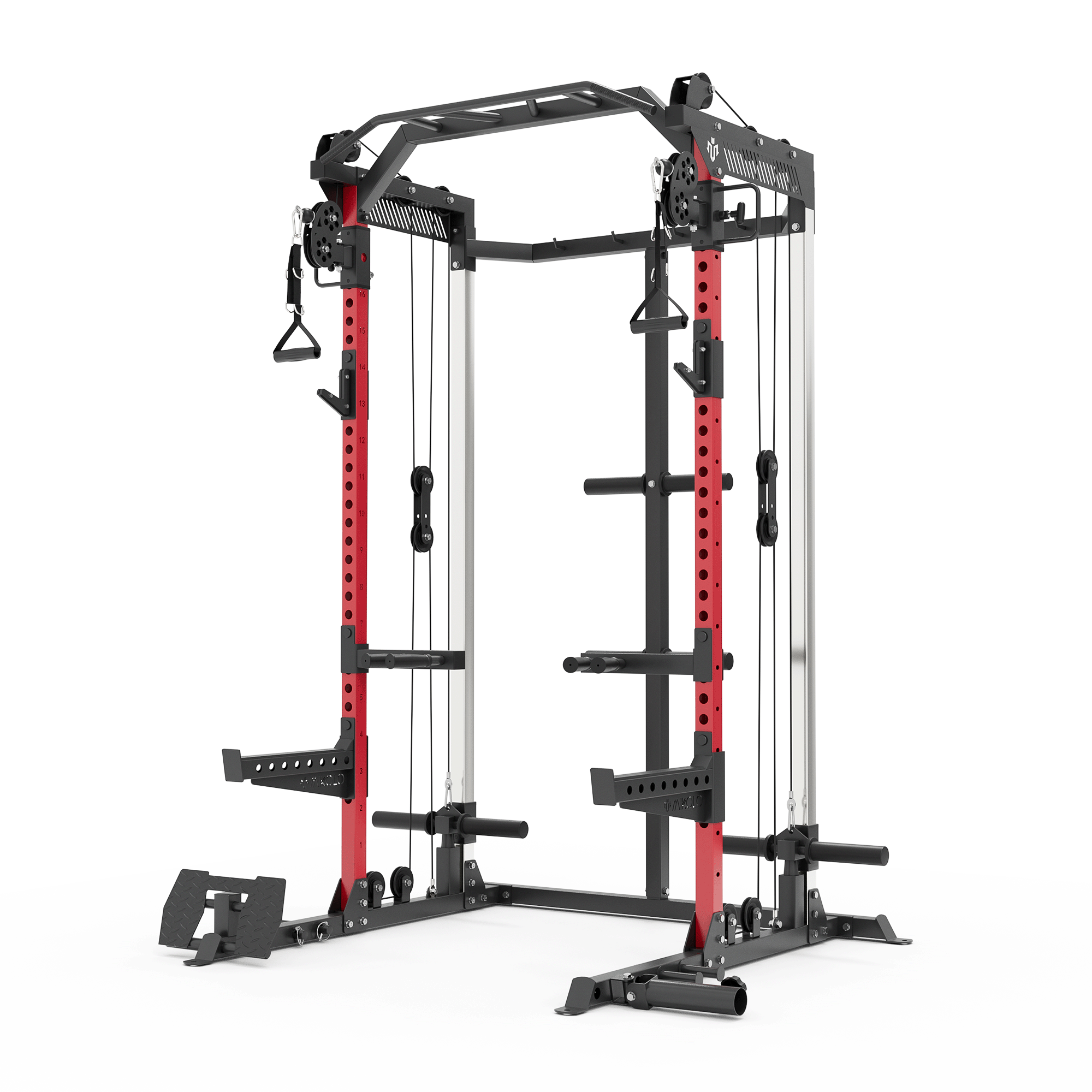




















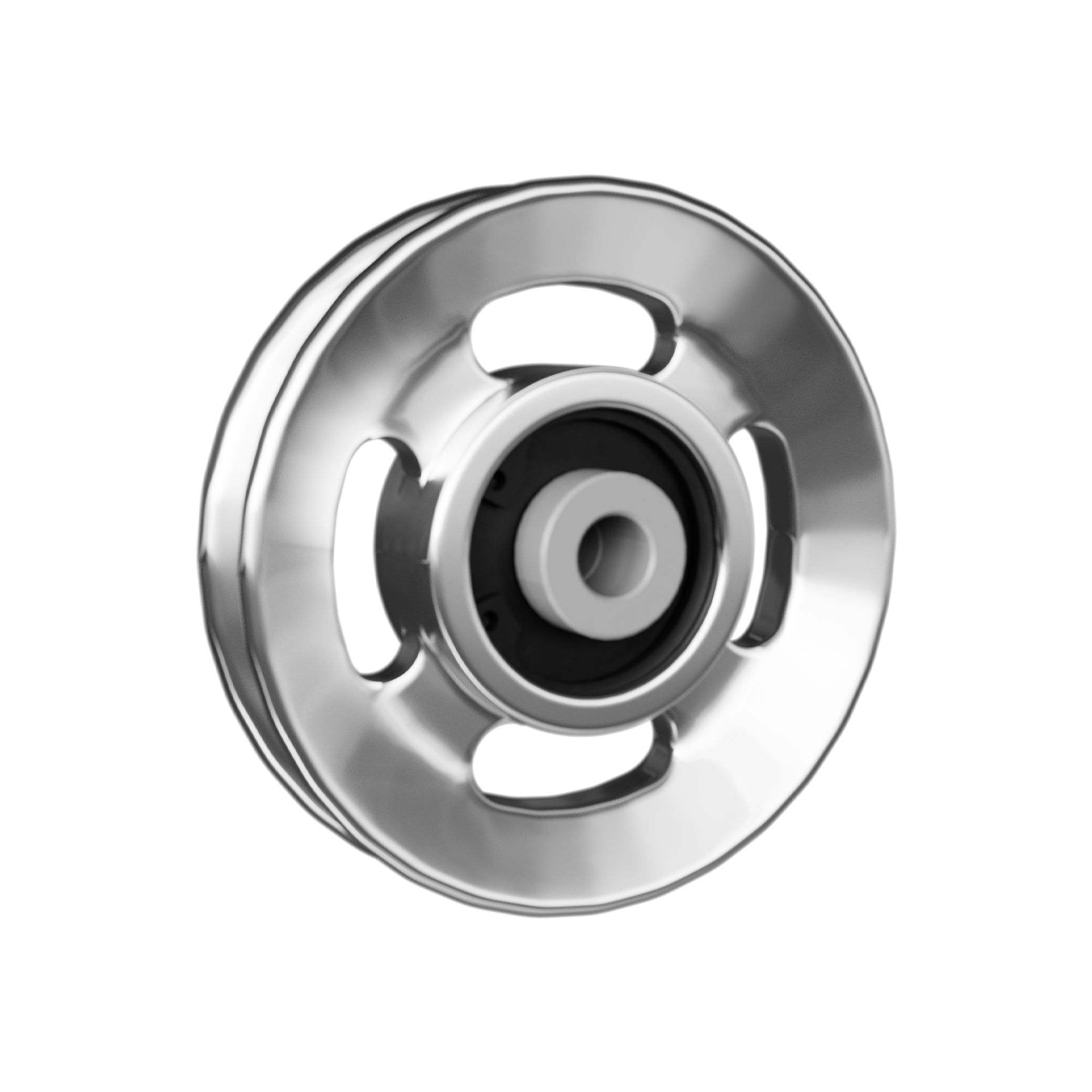



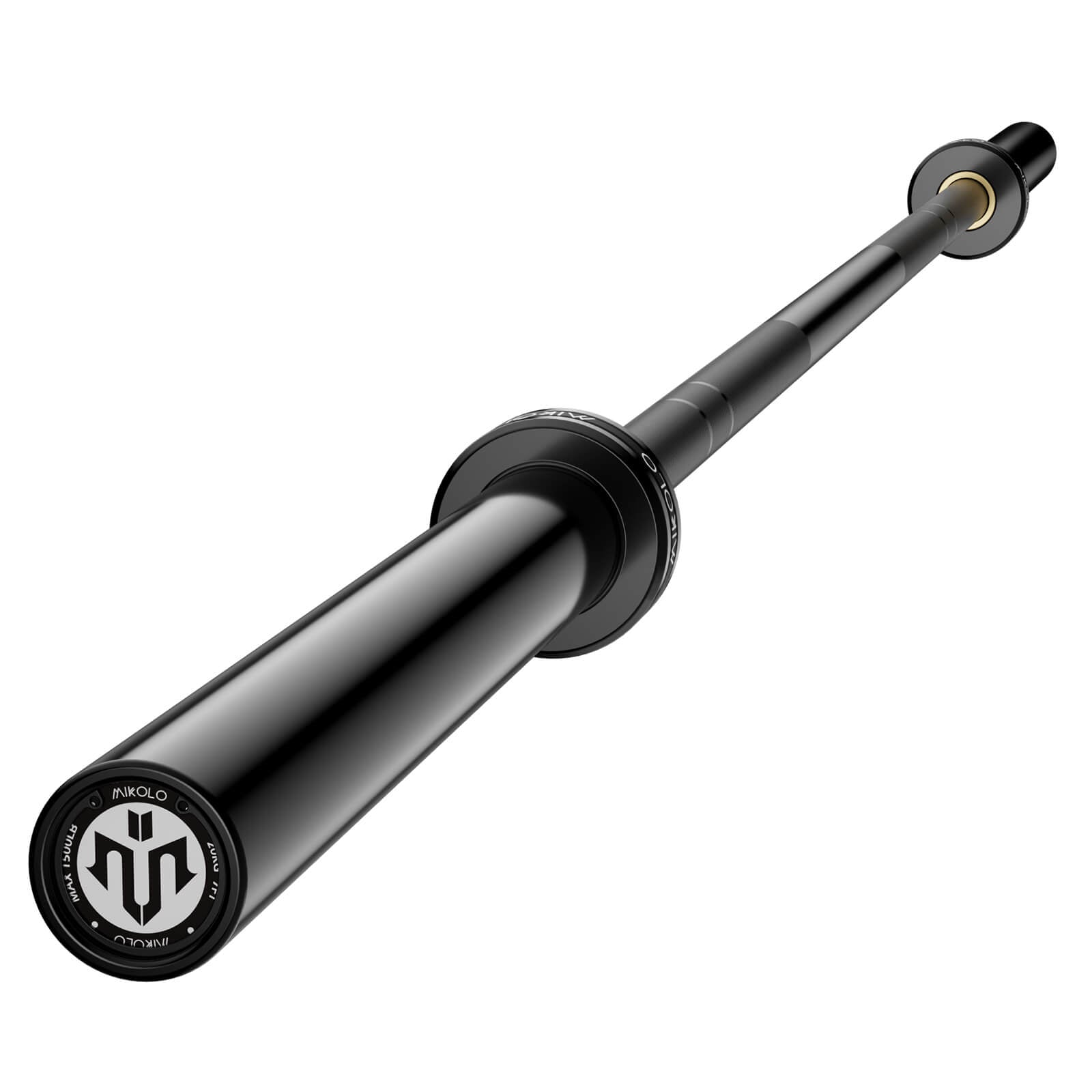




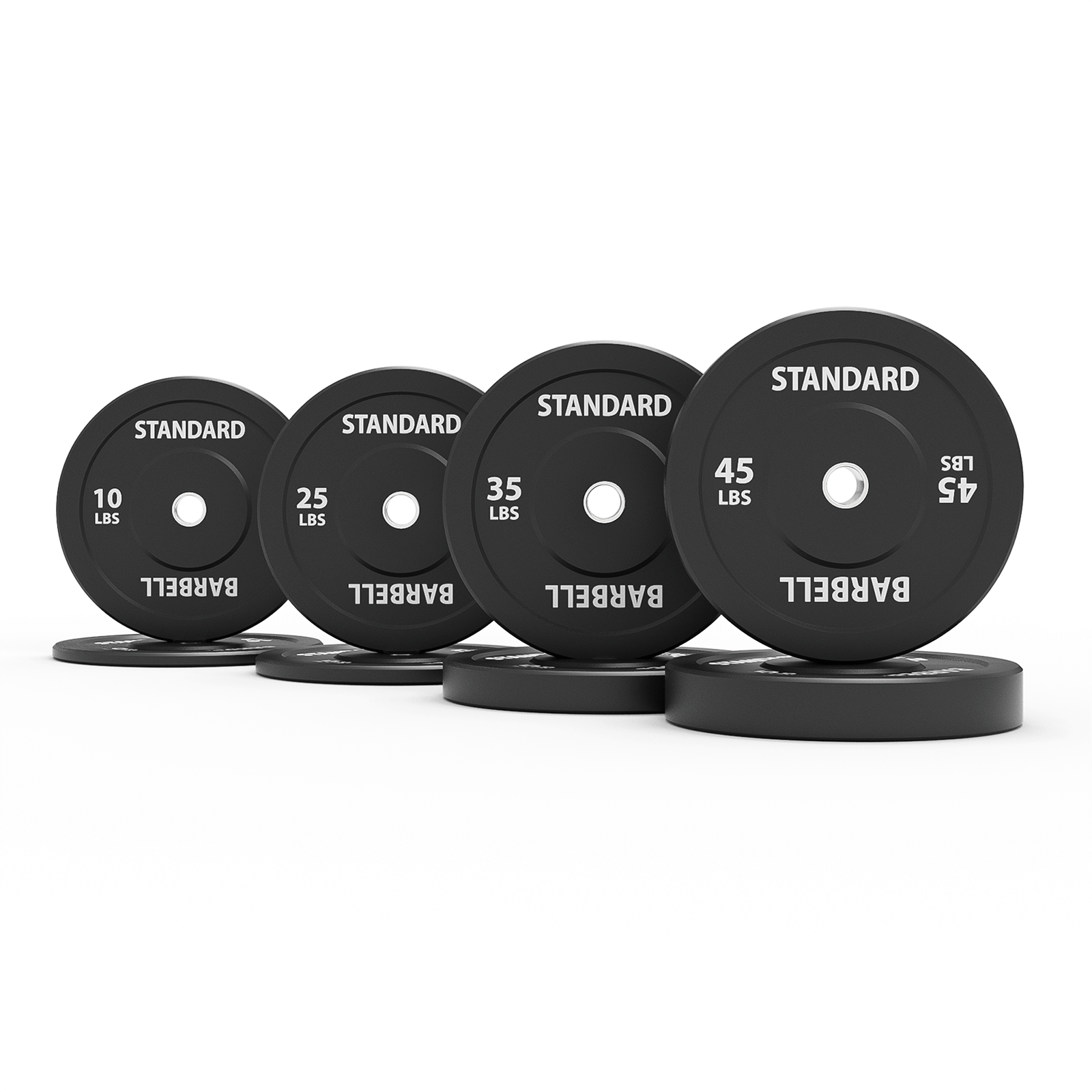




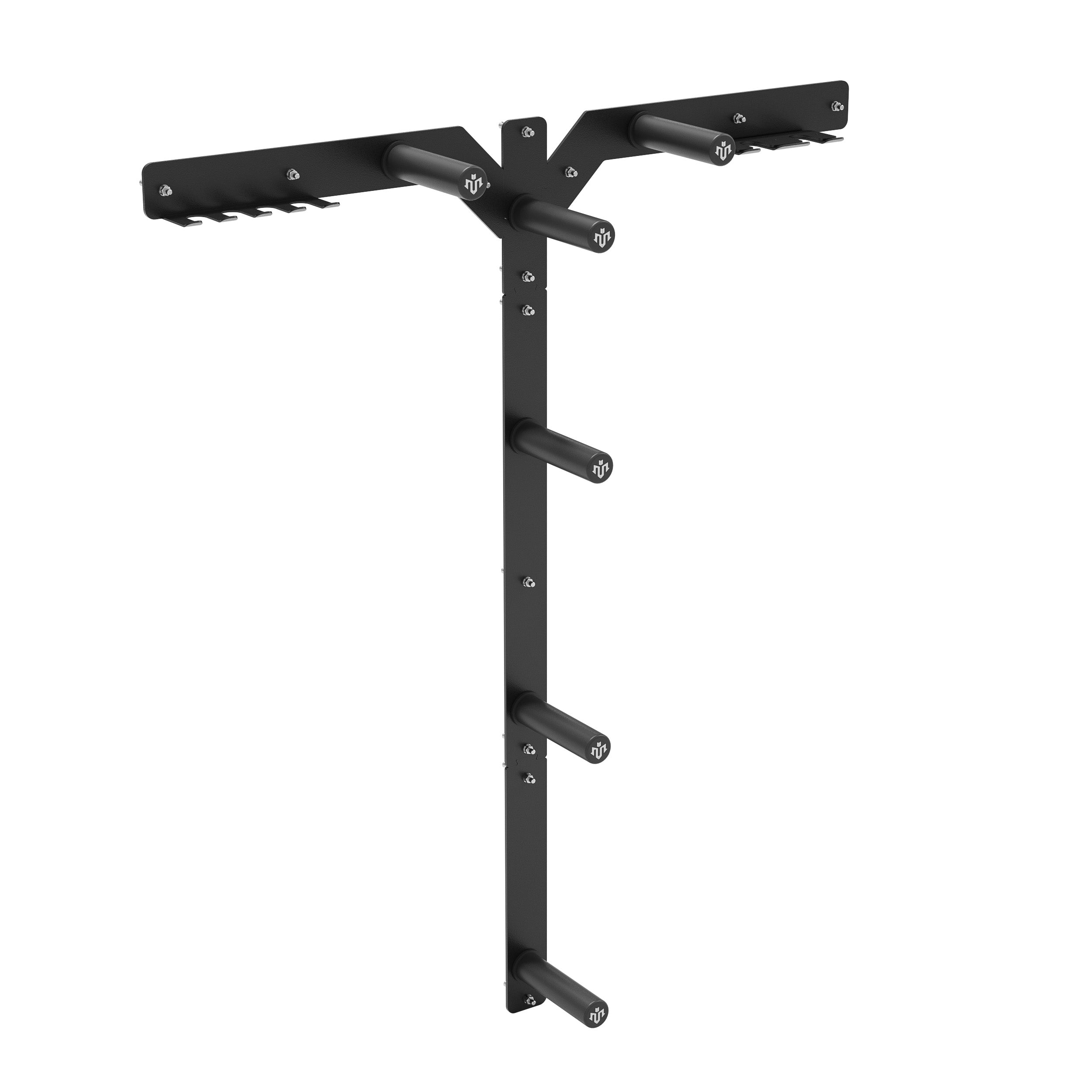




Leave a comment
This site is protected by hCaptcha and the hCaptcha Privacy Policy and Terms of Service apply.